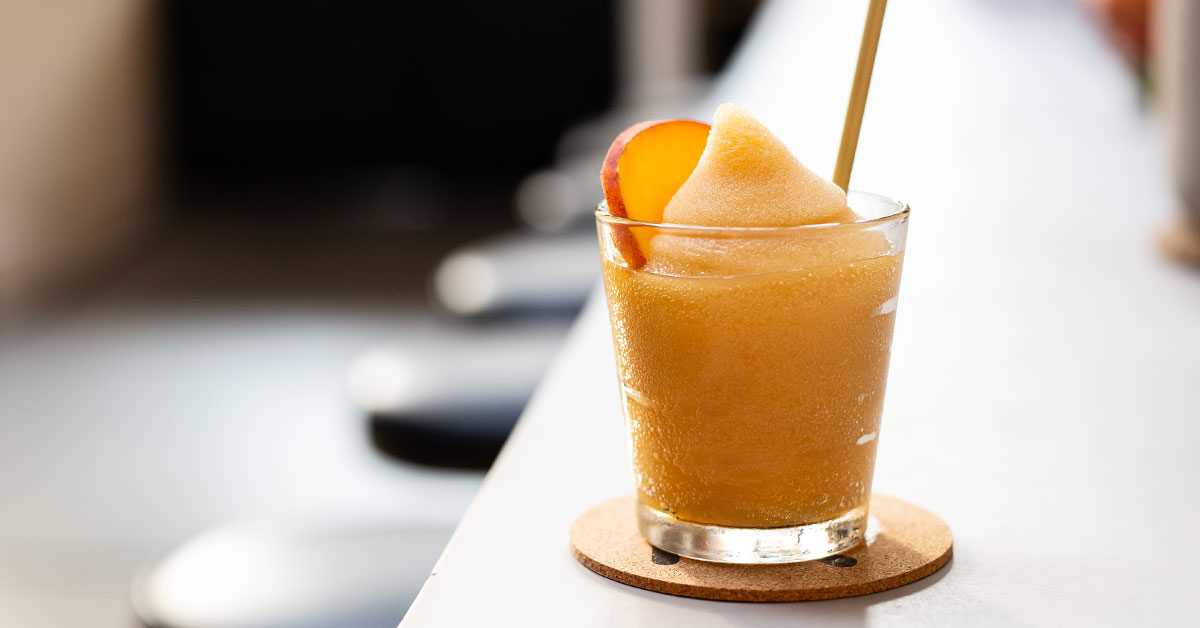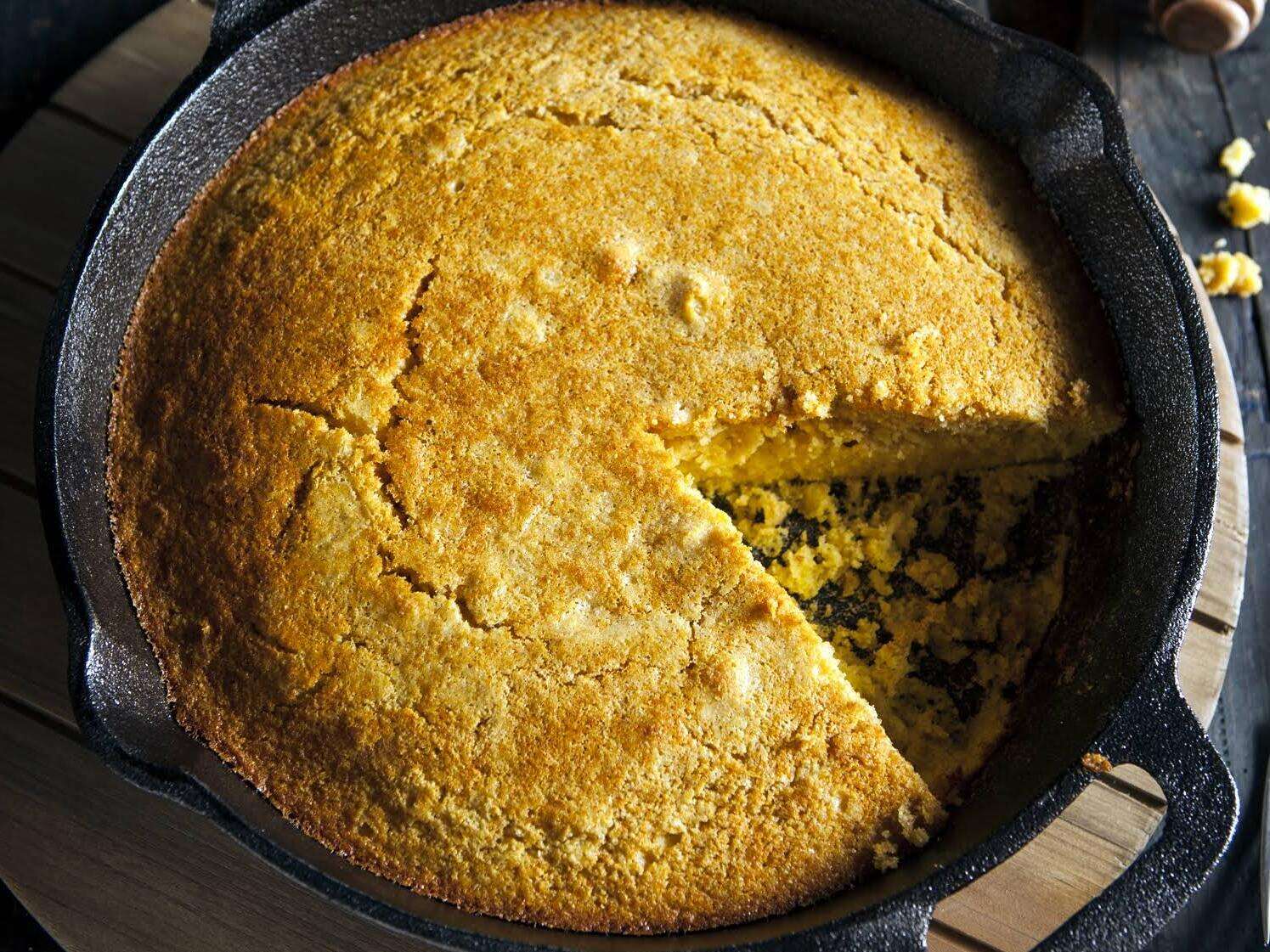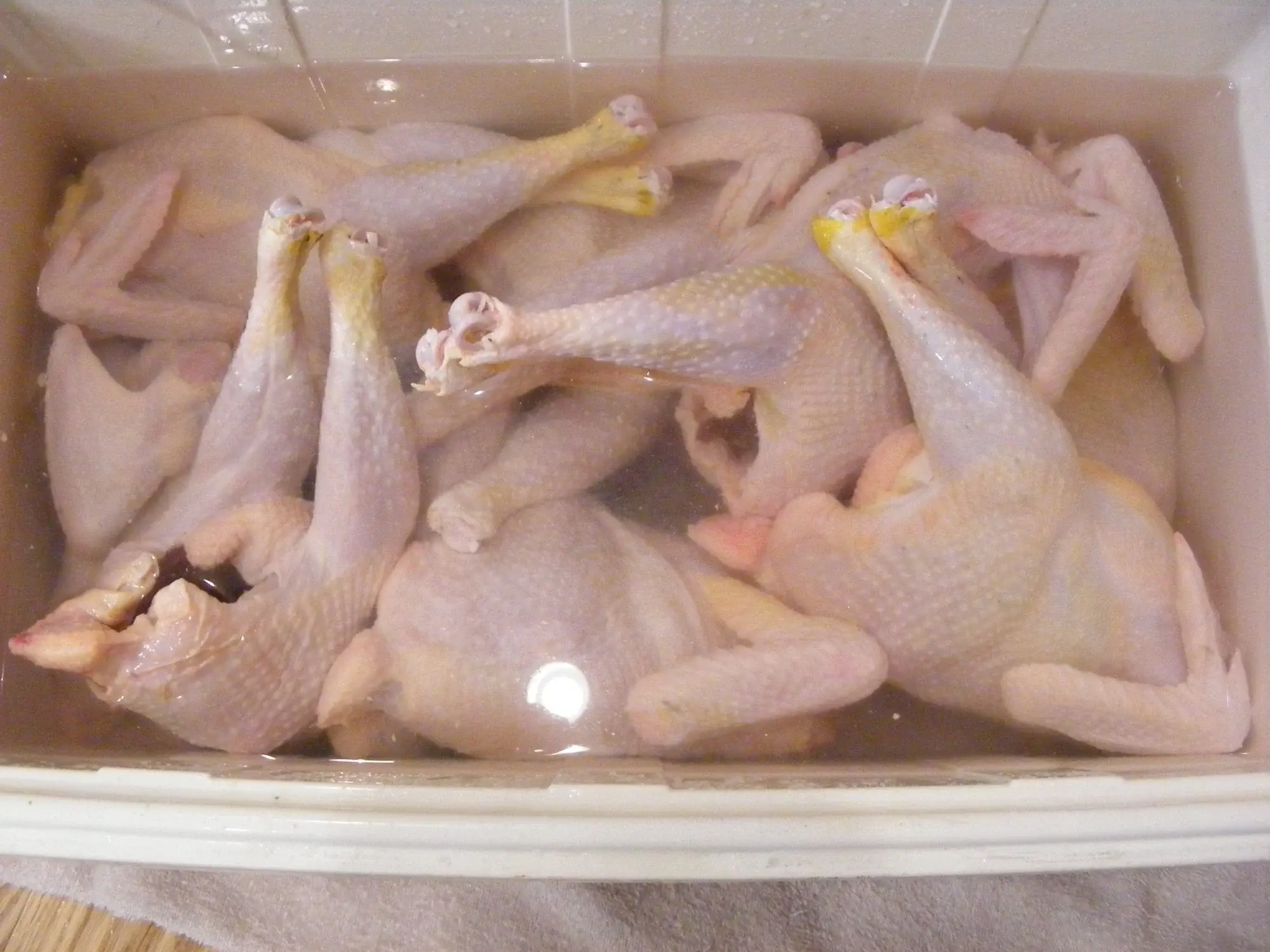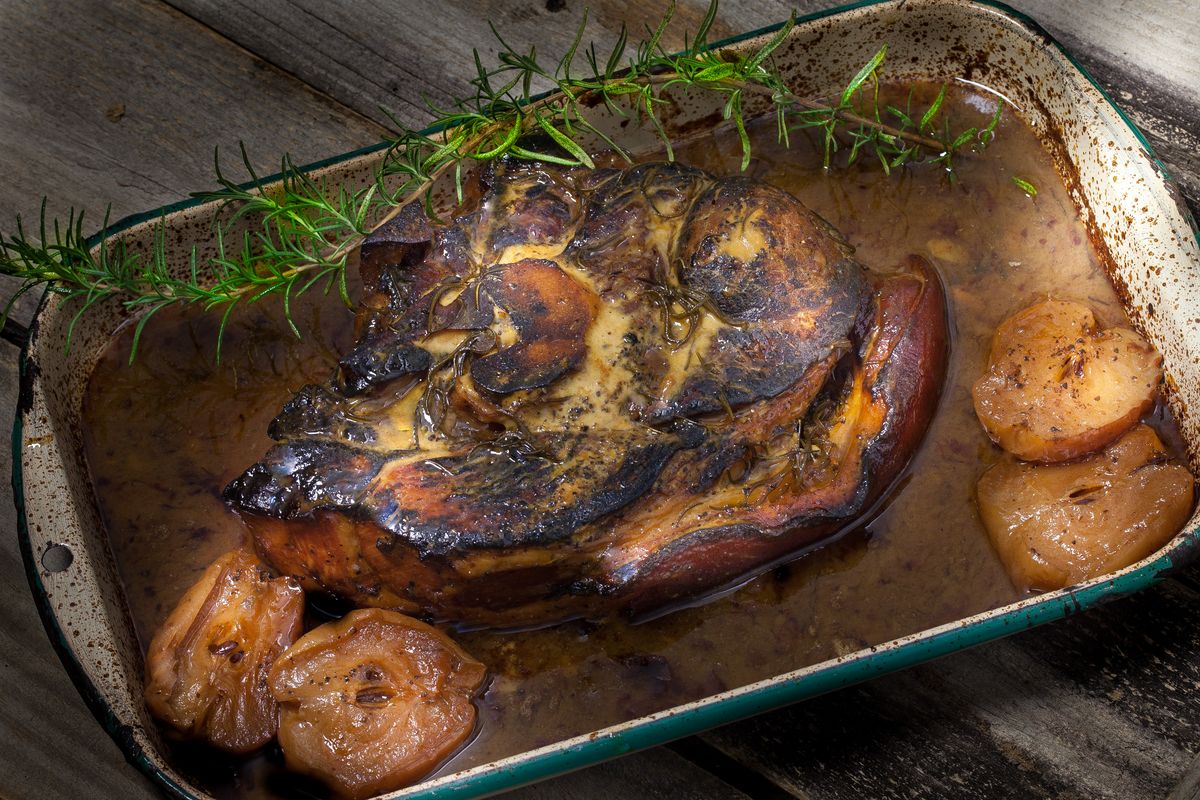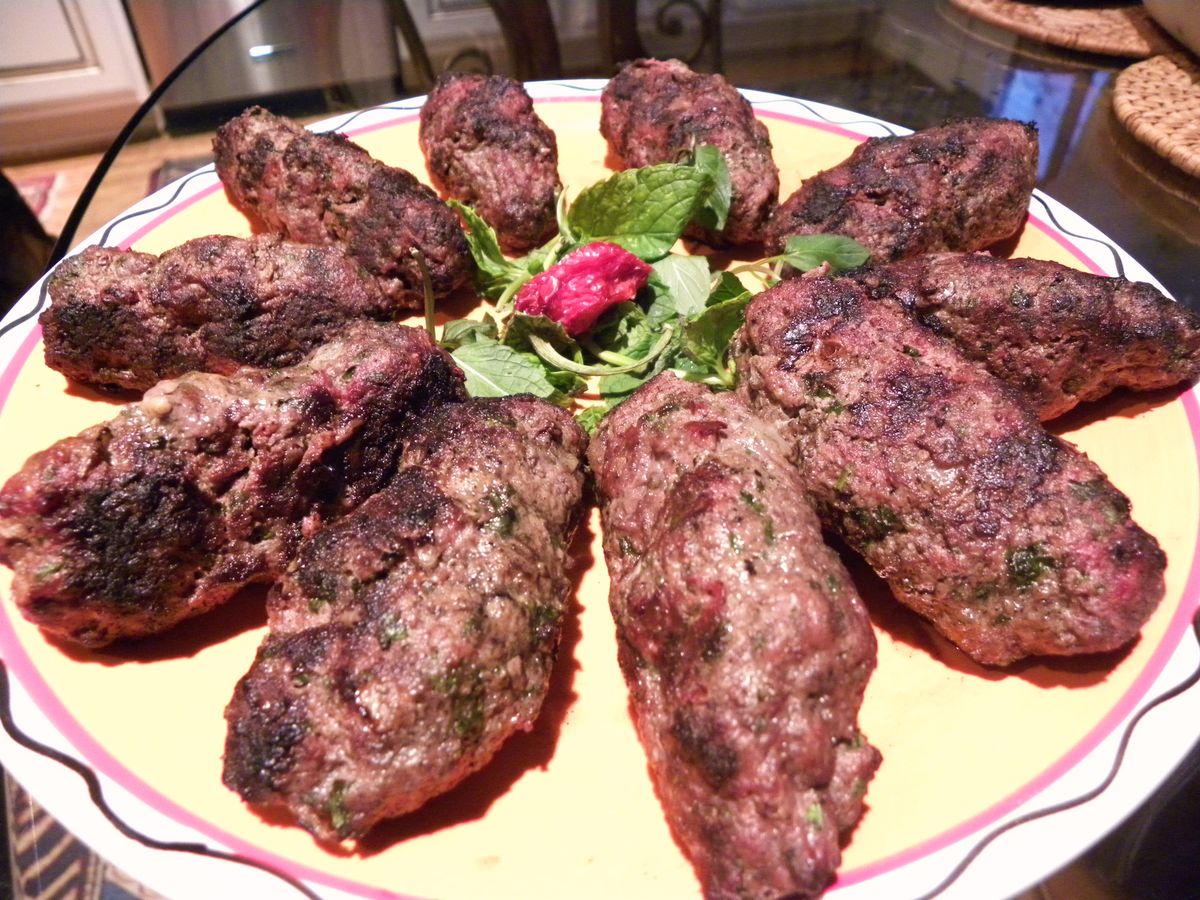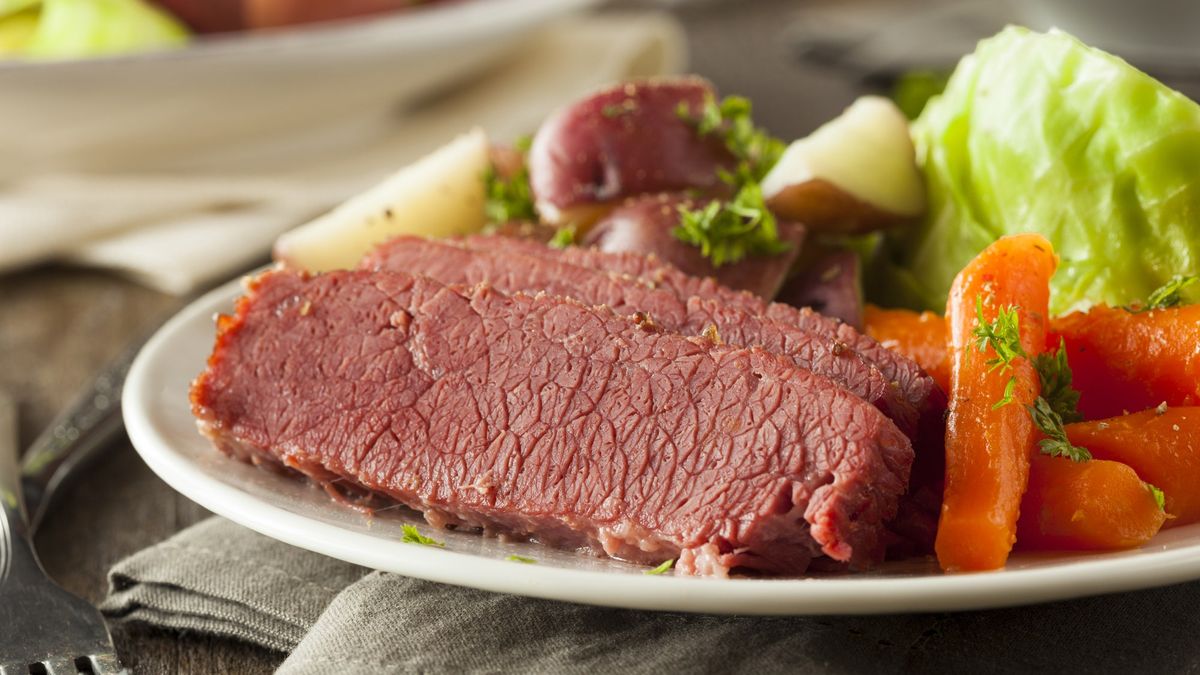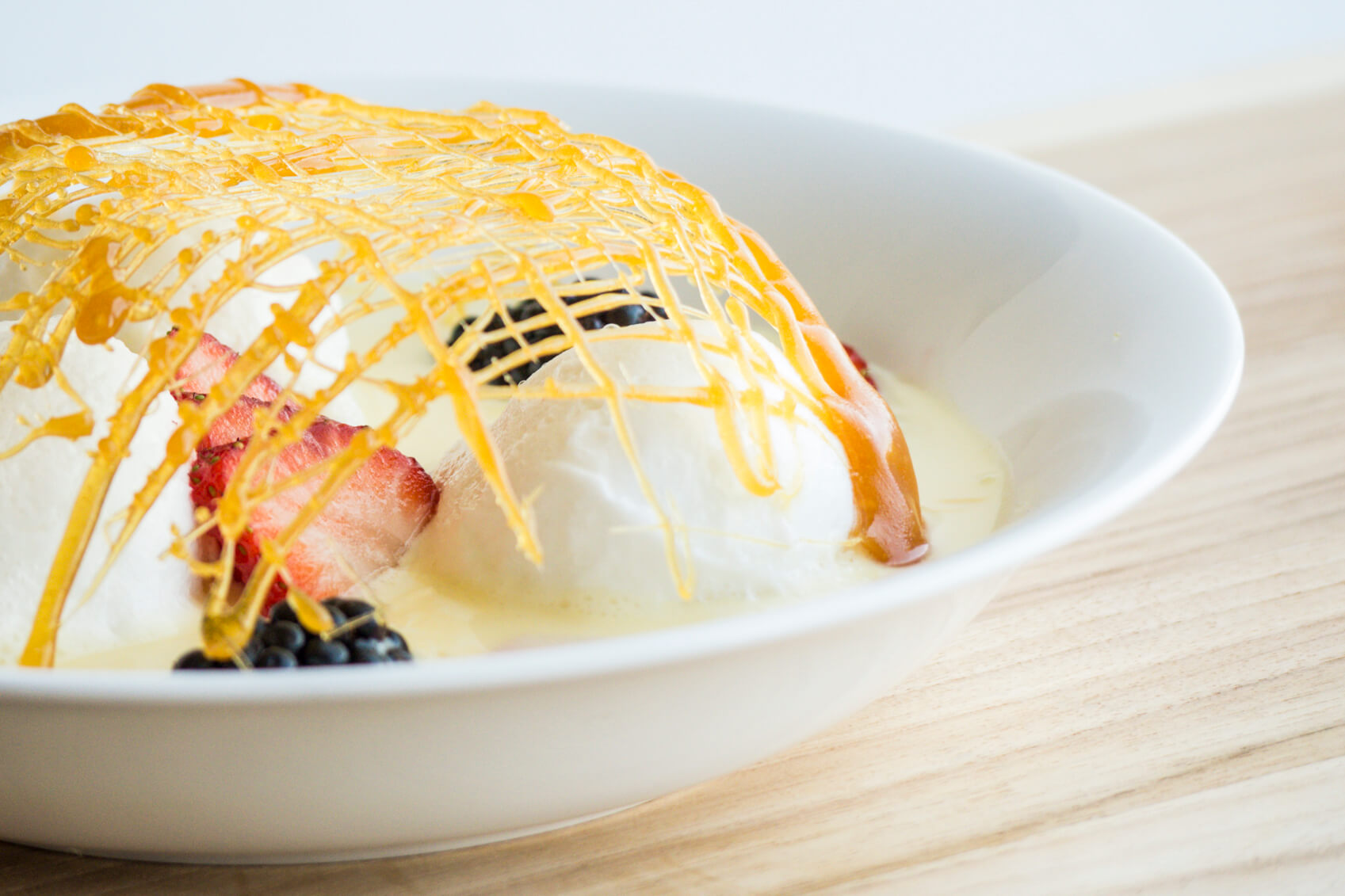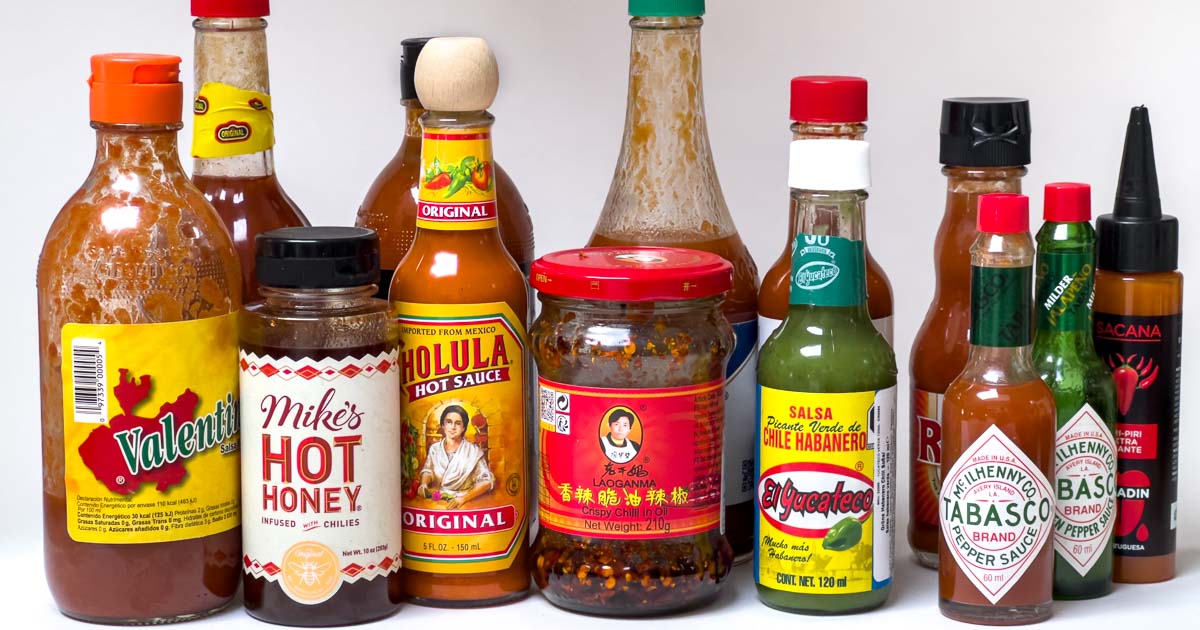Understanding the Gentle Boil: A Culinary Essential
When it comes to cooking, there are various techniques and methods that can be used to achieve the perfect dish. One such technique that is often mentioned in recipes is the gentle boil. But what exactly is a gentle boil, and how does it differ from a regular boil?
A gentle boil, also known as a simmer, is a cooking technique where the liquid is heated to a point where small bubbles form and rise to the surface. This is typically done at a lower temperature than a regular boil, and it is often used when cooking delicate foods such as eggs, fish, or vegetables. The gentle boil allows for even cooking without the vigorous agitation of a rolling boil, which can cause delicate foods to break apart.
Key Characteristics of a Gentle Boil
When achieving a gentle boil, there are a few key characteristics to keep in mind:
- Temperature: A gentle boil is achieved at a lower temperature than a regular boil. The liquid should be heated to a point where small bubbles form and rise to the surface, but without the violent churning of a rolling boil.
- Movement: Unlike a rolling boil, a gentle boil has minimal movement in the liquid. This is important for cooking delicate foods without causing them to break apart.
- Cooking Time: Foods cooked in a gentle boil may take slightly longer to cook than those cooked in a rolling boil, but the result is often more tender and evenly cooked.
When to Use a Gentle Boil
A gentle boil is often used when cooking foods that are more delicate and prone to breaking apart under high heat. Some common examples of when to use a gentle boil include:
- Eggs: When hard-boiling eggs, a gentle boil can help prevent the eggs from cracking and breaking apart.
- Fish: Cooking fish in a gentle boil can help maintain its delicate texture and prevent it from falling apart.
- Vegetables: Certain vegetables, such as asparagus or green beans, can benefit from being cooked in a gentle boil to maintain their vibrant color and tender texture.
How to Achieve a Gentle Boil
Achieving a gentle boil is relatively simple and can be done by following these steps:
- Place the desired amount of liquid in a pot or pan.
- Heat the liquid over medium heat until small bubbles begin to form and rise to the surface.
- Adjust the heat as needed to maintain the gentle boil, ensuring that the liquid does not reach a rolling boil.
- Add the food to be cooked and continue to simmer until done.
By following these steps, you can successfully achieve a gentle boil and cook delicate foods to perfection.
In Conclusion
A gentle boil is a valuable cooking technique that can help maintain the delicate texture and flavor of certain foods. By understanding the key characteristics and knowing when to use a gentle boil, you can elevate your culinary skills and create dishes that are tender, flavorful, and visually appealing.
Next time you come across a recipe that calls for a gentle boil, you’ll have the knowledge and confidence to execute this essential cooking technique with precision.
Was this page helpful?
Read Next: What Is Fit-fit
